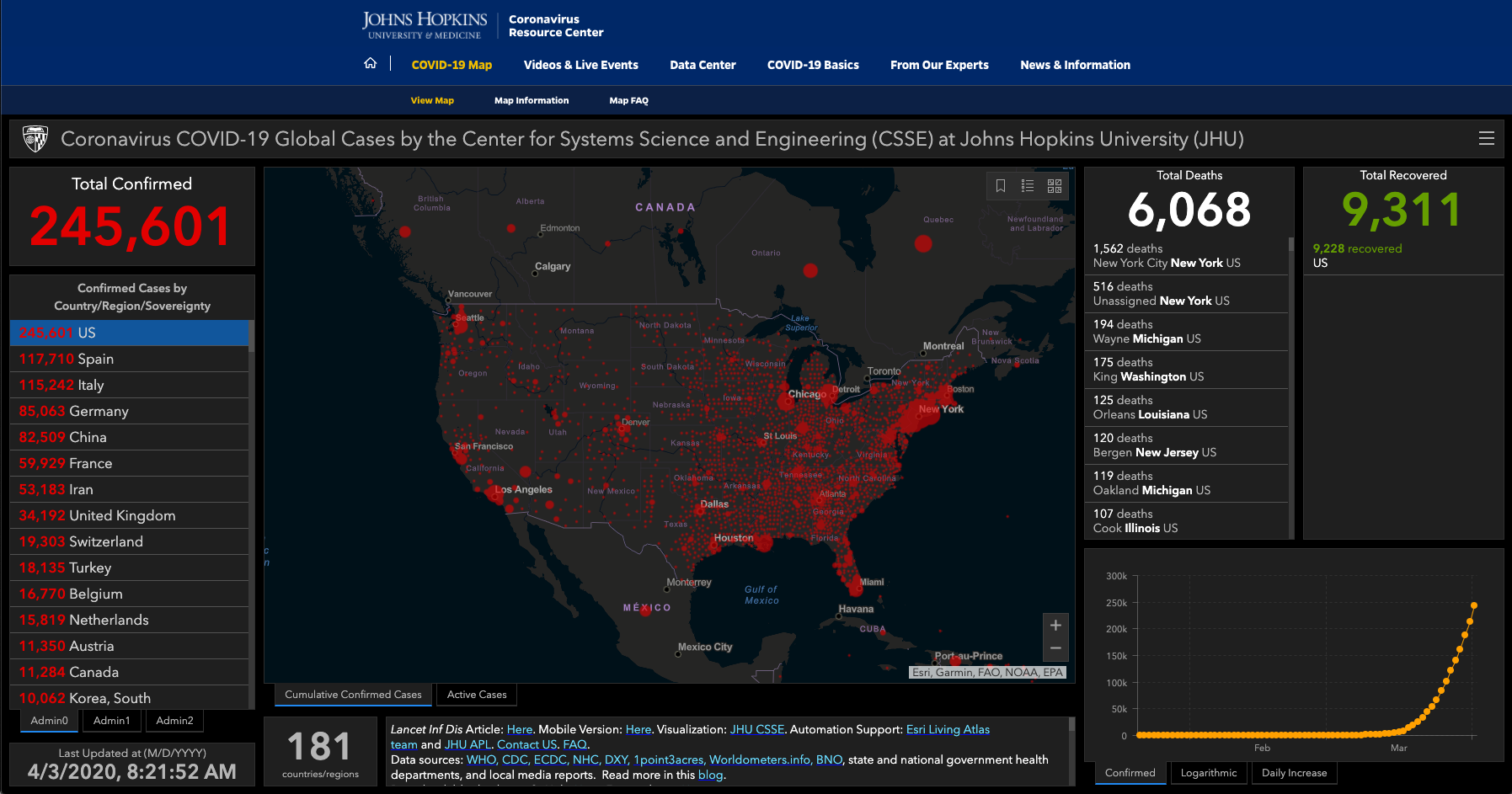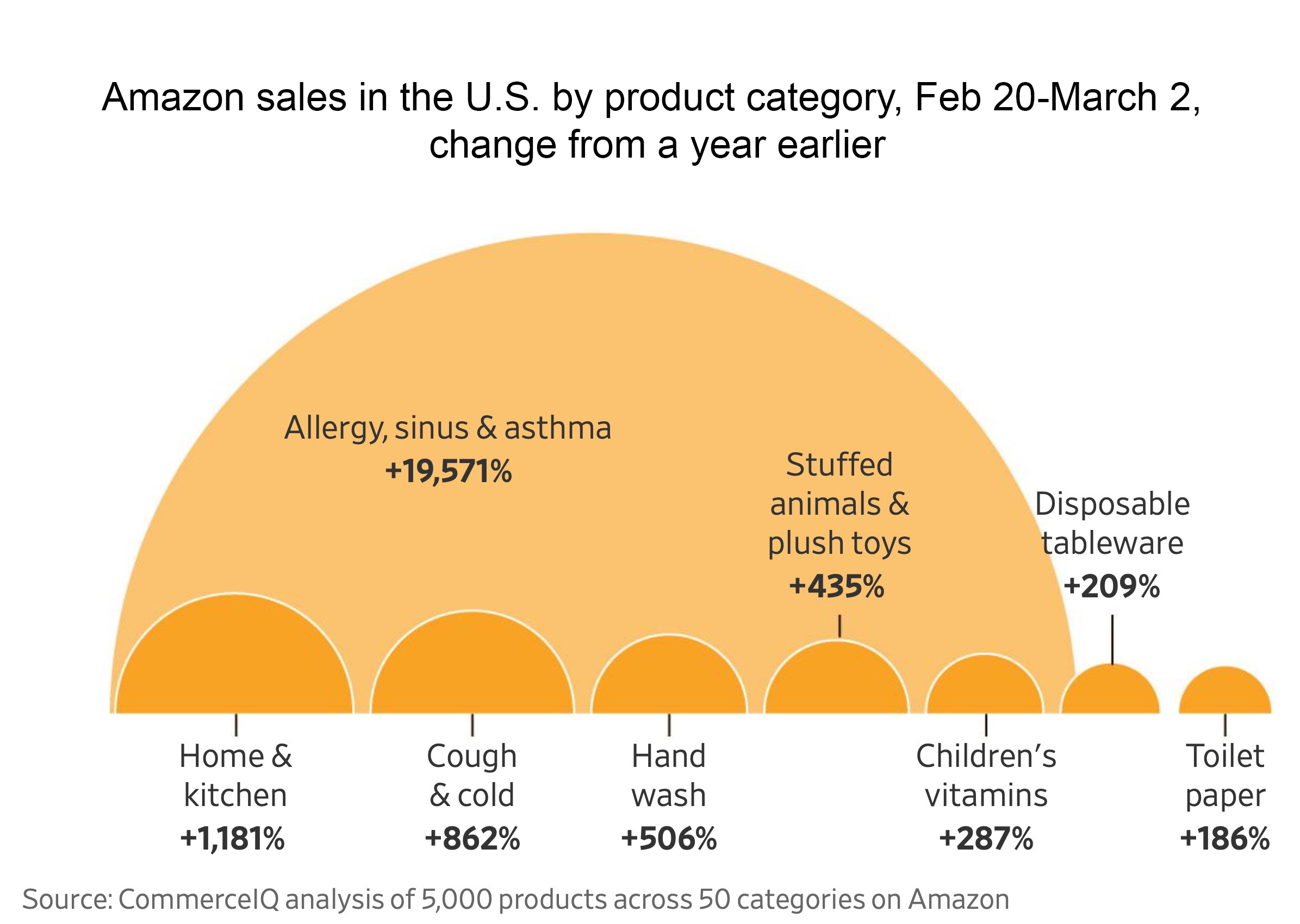Profiling Pro-vaxxers and Anti-vaxxers prior to COVID-19
Special thanks to Courtney Renz, Senior Research Project Associate at MRI-Simmons for her contributions to this blog post
In the span of a month, the COVID-19 crisis has changed the lives of all Americans. As we collectively shutter ourselves indoors among shelter-in-place guidelines and self-isolation advisories, scientists continue to work diligently to find a vaccine that will bring an end to the pandemic. With the recently released Fall 2019 product data from our Survey of the American Consumer, we took a look at how consumers felt about this topic prior to COVID-19, specifically those who strongly agree and disagree with the statement “The benefits of vaccines outweigh any possible risks". Among the 18+ population, 50% agree strongly with that statement, and are what we call “pro-vaxxers.” Anti-vaxxers – or those who disagree strongly with the statement – make up just 7% of US adults. Between 2018 and 2019, pro-vaxxers grew by 25%, while anti-vaxxers shrank by 22%.
The uptick in support for vaccinations could be attributed to the recent outbreaks in cases of the measles. According to the CDC, between January–September 2019 there were 1,249 measles cases reported in the US, which was the highest annual number since 1992. 89% of those patients were unvaccinated or had an unknown vaccination status. And 86% of cases were associated with outbreaks in under-immunized, close-knit communities, including two outbreaks in New York Orthodox Jewish communities. And the World Health Organization reported that measles cases are surging worldwide, with an estimated 140,000 deaths globally in 2018.
Yet the COVID-19 crisis is unlike anything that the living population has ever seen. As I write this blog, Johns Hopkins' COVID-19 Map shows over 1,000,000 confirmed cases of this coronavirus globally. The US has the most cases at 245,000, along with 6,000 deaths thus far. Because of these staggering numbers, we anticipate this pandemic will shift public opinion on vaccinations in the United States. This blog post will explore what pro- and anti-vaxxers looked like prior to the COVID-19 pandemic, with an eye towards the future.

DEMOGRAPHICS
In terms of gender, these two groups are fairly balanced. Anti-vaxxers are split 50/50 between males and females, while pro-vaxxers tend to skew more female (54% vs 46% male). The pro-vaxxer segment skews older, with nearly a quarter falling into the 65+ age group. In comparison, over half of the anti-vaxxers fall under the age of 45. Pro-vaxxers also enjoy a higher median household income ($82k vs 56k).
PRODUCT USAGE
As the COVID-19 crisis unfolds, the news has been saturated with stories about increases and decreases in usage and availability of various consumer products. A recent Wall Street Journal article highlighted the overwhelming demand that tech giant Amazon has been facing during the crisis. According to the article, Amazon’s sales of toilet paper increased 186%, and sales of cough and cold medicine grew by 862% between Feb 20 and March 23, 2020. Those increases were compared to the year-earlier period.

Some of those products certainly stand out when looking at usage trends by pro and anti-vaxxers. Pro-vaxxers are 10% more likely than anti-vaxxers to use hand sanitizer, 23% more likely to use cold/sinus/allergy medicines, and 20% more likely to use vitamin and dietary supplements. The COVID-19 crisis also amplified the risks involved with usage of other products. For example, experts warned that smokers were at higher risk for severe disease from COVID-19. Interestingly, our data shows that anti-vaxxers are 37% more likely than pro-vaxxers to smoke Cigarettes, and 79% more likely to smoke Cigars.
LIFESTYLE AND ACTIVITIES
When it comes to lifestyles and activities, it's clear that pro-vaxxers are more active (with the exception of basketball). Yet with shelter-in-place orders going up across the country, many Americans are attempting to beat cabin fever by getting outside to go for walks and get fresh air. Will we see an increase in the number of both pro and anti-vaxxers who report getting away from the house to walk, hike or do other outdoor activities due to the crisis? Pro-vaxxers are also more likely to visit virtually all types of healthcare professionals, But again, with a never-before-seen crisis like COVID-19, many Americans will likely change habits related to healthcare and well-being.
ATTITUDES
What could be the most fascinating shift in a post COVID-19 America, could come in the form of shifting attitudes around health and medicine. As mentioned in the beginning of this blog, prior to the COVID-19 crisis we were already seeing a shift in attitudes around vaccinations. And our data show there are clear differences in attitudes around health and medicine between the two groups, with anti-vaxxers tending to believe more strongly in the use of herbal or non-traditional medicines and pro-vaxxers taking a more conventional approach.
Clearly, stakeholders in many different industries will need to understand how to reach these consumers going forward. Whether it's Pharma, CPG, Healthcare or even Federal/State governments, MRI-Simmons can help you understand:
- How are their attitudes and behaviors changing over time?
- What are primary media consumption habits of pro- and anti-vaxxers?
- What type of advertising resonates with them the most?
- How do you reach them out of home?
- Where do they find / access health information?
To learn how MRI-Simmons can help your organization reach its target consumers, please contact us today.



